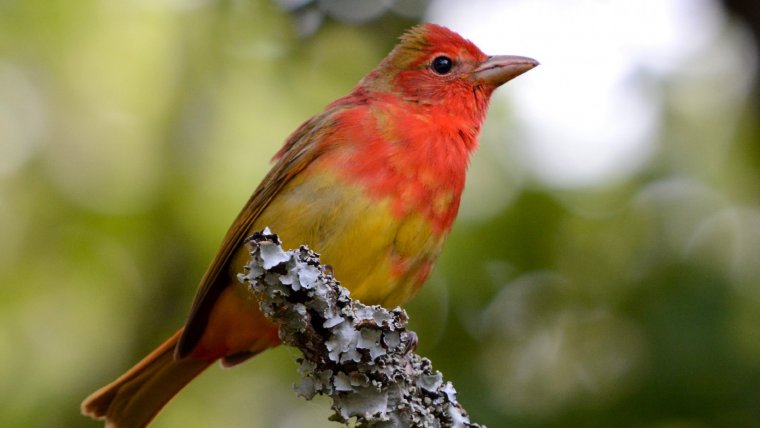| News / Science News |
Seasonality of bird migration responds to environmental cues
NSF | SEPTEMBER 8, 2016
The seasonality of bird migration is shifting in response to climate change. As a result, birds in the United States are arriving at their northern breeding grounds earlier in spring -- and may be departing later in fall.

Biologists and atmospheric scientists track migrating birds like this summer tanager. ![]()
Scientists made the migration shift discovery thanks to information aggregated from two sources: remote-sensing data from weather surveillance radar and ground-based data collected in citizen science databases.
Working with atmospheric scientists, biologists demonstrated that the combination of data yielded robust migration timing indexes.
The indexes reflect the movements of millions of birds of many species over large regions.
Researchers say the migration indexes can help address a gap in scientists' knowledge about the cues birds use to fine-tune migration timing in response to climate.
They found that temperature likely plays a role in how migrating birds make adjustments in their timing and their routes. The researchers' findings also contradict the idea that a commonly used index of vegetation greenness is a useful cue for migration timing in some locales.
YOU MAY ALSO LIKE



